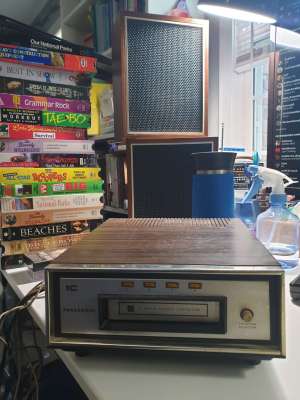Ever since the beginning of the Space Age, the inner planets and the Earth-Moon system have received the lion’s share of attention. That makes sense; it’s a whole lot easier to get to the Moon, or even to Mars, than it is to get to Saturn or Neptune. And so our probes have mostly plied the relatively cozy confines inside the asteroid belt, visiting every world within them and sometimes landing on the surface and making a few holes or even leaving some footprints.
But there’s still one place within this warm and familiar neighborhood that remains mysterious and relatively unvisited: the Sun. That seems strange, since our star is the source of all energy for our world and the system in general, and its constant emissions across the electromagnetic spectrum and its occasional physical outbursts are literally a matter of life and death for us. When the Sun sneezes, we can get sick, and it has the potential to be far worse than just a cold.
While we’ve had a succession of satellites over the last decades that have specialized in watching the Sun, it’s not the easiest celestial body to observe. Most spacecraft go to great lengths to avoid the Sun’s abuse, and building anything to withstand the lashing our star can dish out is a tough task. But there’s one satellite that takes everything that the Sun dishes out and turns it into a near-constant stream of high-quality data, and it’s been doing it for almost 15 years now. The Solar Dynamics Observatory, or SDO, has also provided stunning images of the Sun, like this CGI-like sequence of a failed solar eruption. Images like that have captured imaginations during this surprisingly active solar cycle, and emphasized the importance of SDO in our solar early warning system.
Continue reading “Solar Dynamics Observatory: Our Solar Early Warning System”



















